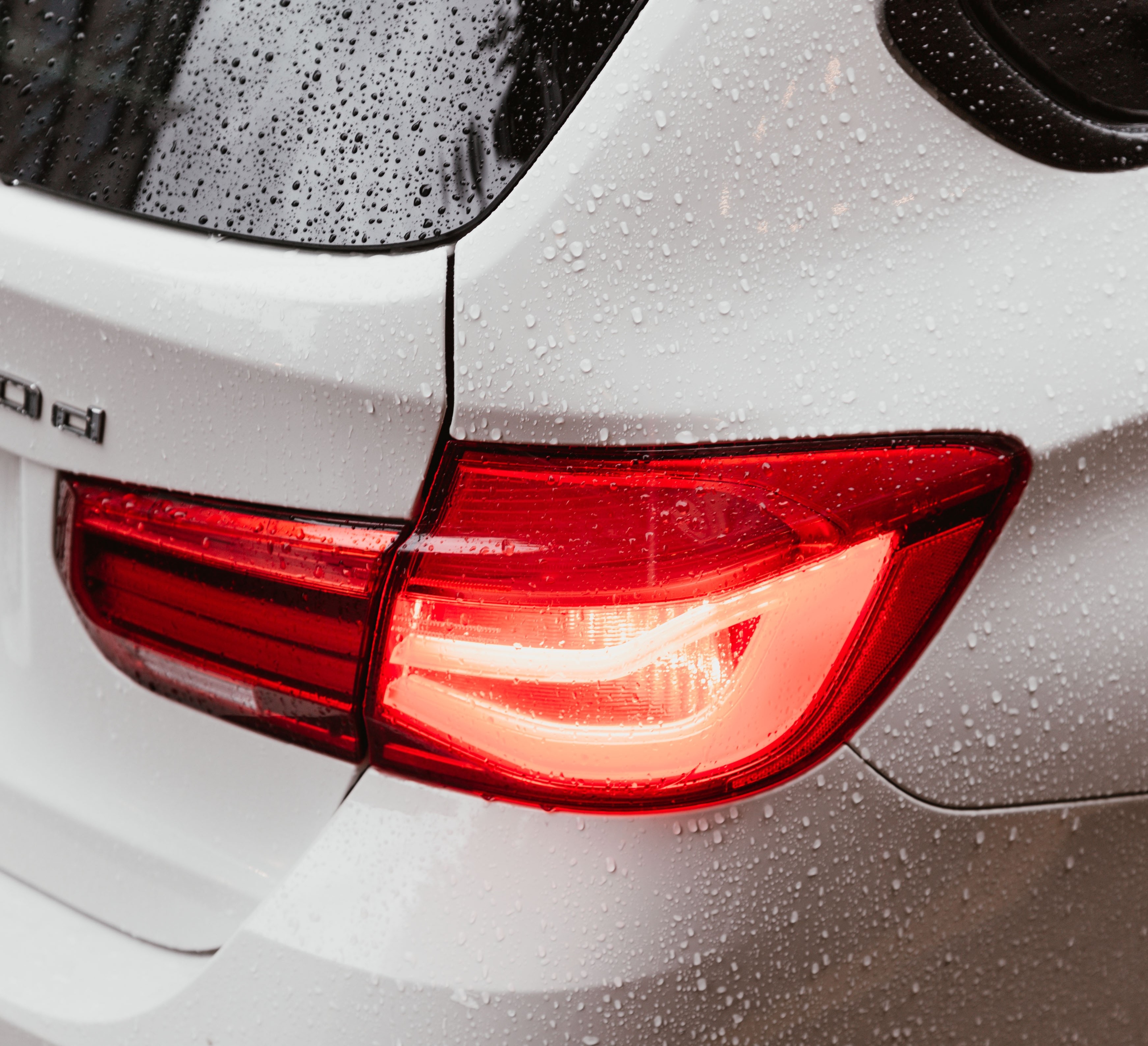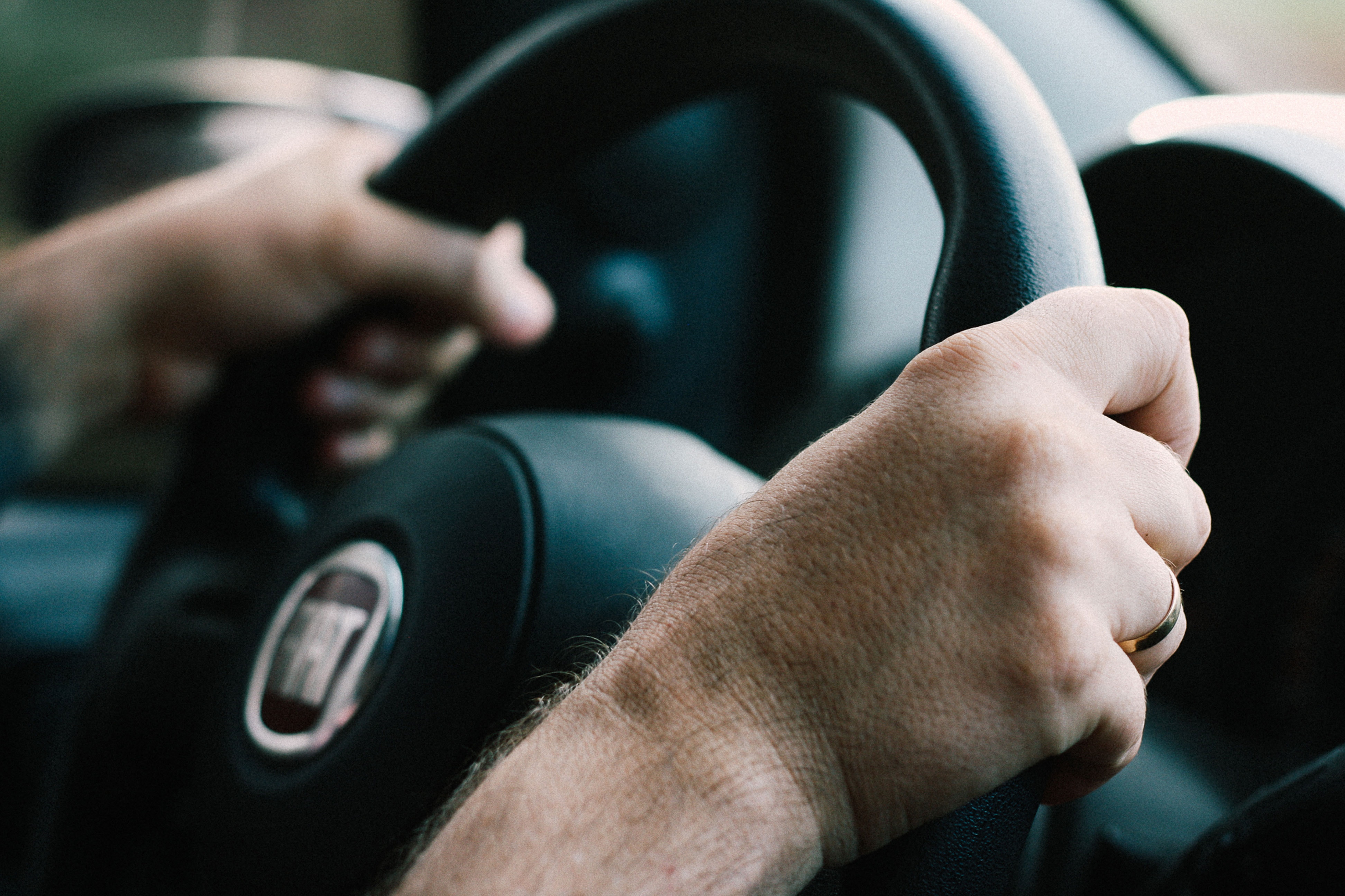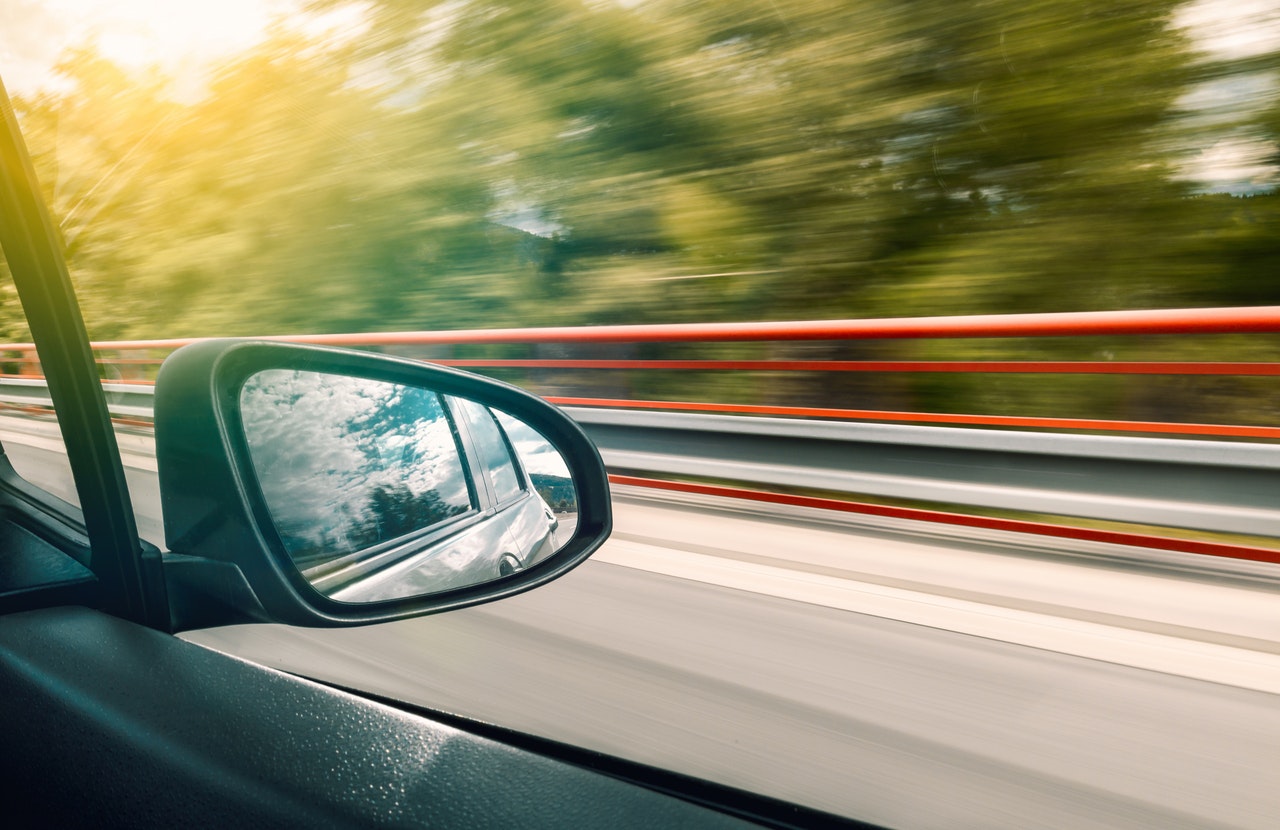So you’ve got your learner’s licence but you or your parents/supervisors are not sure of the best approach in learning how to drive. Luckily for you, LTrent has driving instructors affiliated with a special program called Keys2drive – an innovative approach to learn road safety through a free driving lesson.
This is an Australian Government-funded program designed to help learner drivers (only learners are allowed to go through this course) and their parents/supervisors with an accredited driving instructor, aimed to provide new drivers with the capacity to teach themselves and others the skills required to drive.
Why a free lesson is offered
There’s an overwhelming statistic where new P1 driver’s are twenty to thirty times more likely to be harmed in a crash than an unrestricted driver. This is simply due to the new environment of driving alone as well as the untested confidence of finally getting a licence. In order to limit this statistic, a free lesson that encompasses techniques for self-improvement in driving is encouraged for learner drivers.
In order to attend the lessons, the learner driver must hold an Australian learners permit and a supervising driver must hold an unrestricted licence and attend the lesson. The reason the parent or supervisor should be at the lesson is so that it provides them with the skills and capacity to help understand how they can help the learner learn. Feedback from Keys2Drive has informed us that communication has improved between parents and their learners due to the capacity of the supervisors understanding how best to teach someone a new skill.
A special learning experience
Keys2Drive offers a special 60 minute session that takes an entirely different approach to traditional driving lessons in the sense that the lesson attempts to teach the student to teach him or herself. This includes providing them with the resources and confidence to self-assess, self-instruct and self-supervise.
This makes up the first part of the lesson including examples of how these introspective techniques can be applied while driving. The remaining time is used on practically using these skills while driving and adding these mental models to your driving.
While the Keys2Drive lesson isn’t exactly like a traditional driving lesson, it certainly doesn’t replace it. It’s created to complement driving lessons as Keys2Drive teaches you psychological techniques for learning, and driving lessons teach you the driving techniques themselves. With both these tools equipped, you’ll learn more rapidly and broadly.
When you should take your free lesson
In fact, Keys2Drive recommends that you take the free lesson after you’ve done around 5-10 hours as you’ll have a basic understanding of how to drive and you’ll be reaching a point where further improvements in your driving can be learnt quickly. Similar to how if you’ve learnt your first few songs on a new instrument, you’re able to learn new songs even faster.
Despite this, Keys2Drive is extremely valuable for all learner drivers – even if you’re ready to take your driving test to become a P1 driver as you’re able to take the P Plate ready assessment which involves a scoring sheet checking whether or not you’re ready for your test.
Register for free
You’re able to register for a free lesson below.
Once you’ve registered please call us on (02) 8748 4500 (NSW) or 1300 717 115 (VIC) to see if we have trainers available in your area.
Check out our other blogs
What You Must Check For Before Your Driving Test
What Do I Do After A Crash?
Top 5 Reasons To Fail The Driving Test







